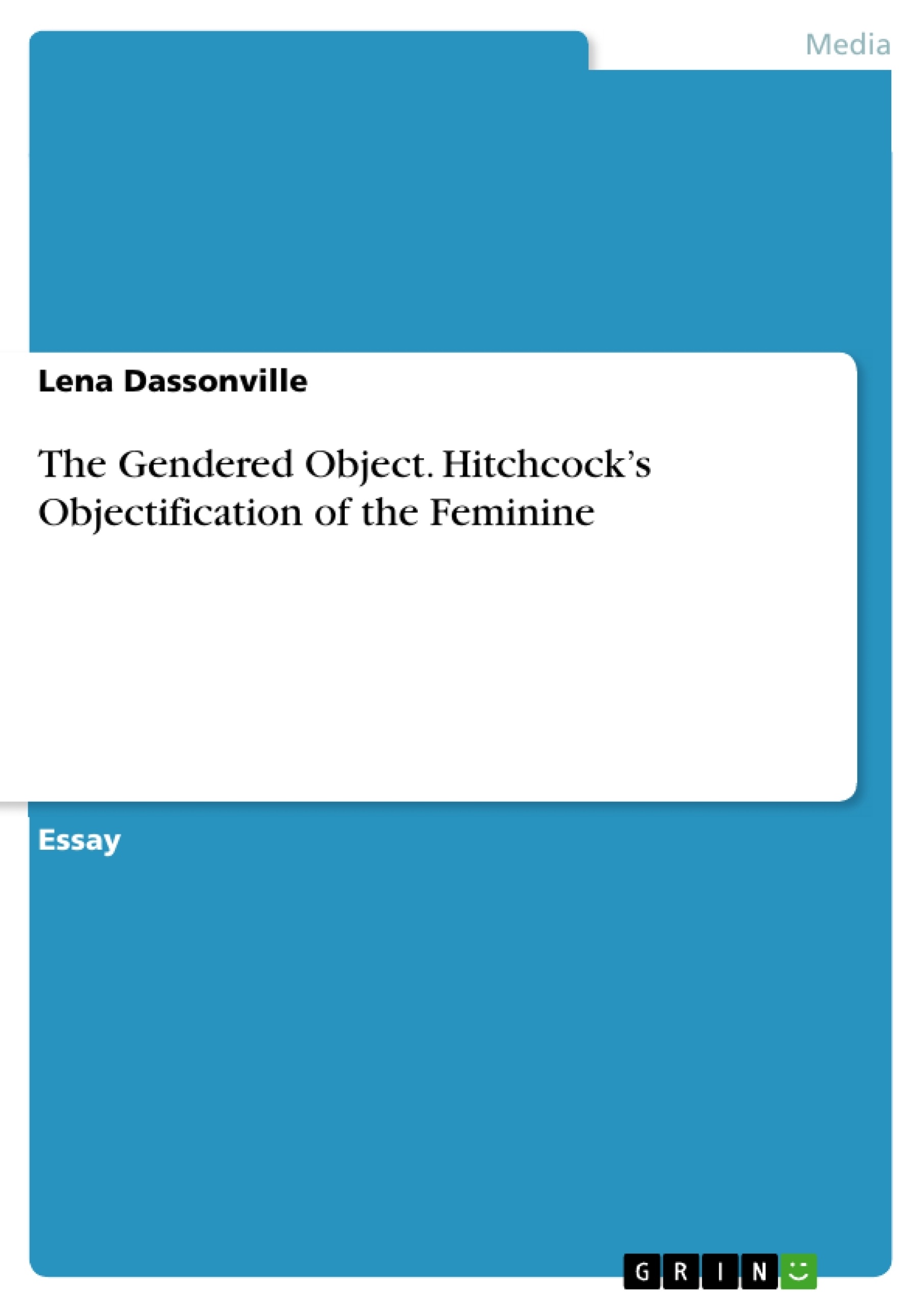Alfred Hitchcock’s 1958 film Vertigo is the story of an acrophobic detective and his descent into deceit, obsession, and madness. Vertigo has frequently been criticized by feminist commentators as a reflection of the often misogynistic male gaze and desire.
In the same vein of criticism, this essay attempts to examine how Hitchcock weakens male characters by feminizing them and strengthens female characters by masculinizing them, effectively creating a dichotomy between the masculine and feminine which propagates pre-existing structures of male dominance and female submission.
Hitchcock also uses formal and stylistic elements of film to convey this dichotomy, further enforcing the idea of the powerful, positive masculine and the submissive, negative feminine.
Additionally, Vertigo can be analyzed through a Lacanian psychoanalytic lens in which Scottie’s relationship with Madeline can be deconstructed into the interplay between Lacan’s three psychosexual stages: the Real, the Imaginary, and the Symbolic.
Finally, I will examine how Hitchcock not only plays into traditional gender roles, but how he totally and completely objectifies the feminine.
Inhaltsverzeichnis (Table of Contents)
- The Gendered Object: Hitchcock's Objectification of the Feminine
- Introduction
- The Misogynistic Male Gaze
- Formal and Stylistic Elements
- Lacanian Psychoanalytic Lens
- Objectification of the Feminine
- Feminizing Men and Masculinizing Women
- The Feminine as a Tool of Degradation
- The Reward of Masculinity
- Lacan's Psychoanalytic Lens: Real, Imaginary, and Symbolic
- The Unsatisfiable Demand
- The Feminine as an Object of Art
Zielsetzung und Themenschwerpunkte (Objectives and Key Themes)
This essay examines the portrayal of gender in Alfred Hitchcock's 1958 film Vertigo. It argues that Hitchcock utilizes traditional gender roles and reinforces pre-existing structures of male dominance and female submission, ultimately objectifying the feminine through various cinematic techniques.
- The manipulation of gender roles to create a dichotomy between the masculine and feminine
- The use of formal and stylistic elements to convey this dichotomy
- The application of Lacanian psychoanalysis to understand the character's desire and fantasy
- The objectification of the feminine as a work of art
- The relationship between femininity, weakness, and power dynamics in a patriarchal society
Zusammenfassung der Kapitel (Chapter Summaries)
- Introduction: This chapter introduces the main argument of the essay, asserting that Hitchcock's Vertigo reinforces traditional gender roles and objectifies the feminine through various cinematic techniques. The essay examines the film's portrayal of gender through the lenses of feminist criticism, Lacanian psychoanalysis, and formal film analysis.
- Feminizing Men and Masculinizing Women: This chapter analyzes how Hitchcock feminizes male characters, particularly the protagonist Scottie, by associating him with traditionally feminine symbols and traits. The chapter contrasts Scottie's characterization with that of Midge, highlighting her masculine traits and emphasizing the dichotomy between the masculine and feminine.
- The Feminine as a Tool of Degradation: This chapter explores how Hitchcock uses feminine qualities to weaken male characters, perpetuating patriarchal structures that associate femininity with weakness and submission. It draws upon Amy S. Wharton's theories on gender and power dynamics in society.
- The Reward of Masculinity: This chapter continues the exploration of gender dynamics in Vertigo, arguing that Hitchcock strengthens female characters by associating them with masculinity. It suggests that Hitchcock reinforces the traditional power structure by rewarding masculinity and forcing the feminine into submission.
- Lacan's Psychoanalytic Lens: Real, Imaginary, and Symbolic: This chapter introduces Jacques Lacan's three psychosexual stages: the Real, the Imaginary, and the Symbolic. It analyzes Scottie's relationship with Madeleine through this framework, arguing that Madeleine represents an unattainable object of desire, a construct of the Imaginary.
- The Unsatisfiable Demand: This chapter continues the psychoanalytic analysis, explaining that Scottie's demand for Madeleine is ultimately unsatisfiable because she is a non-being, a construct of his imagination. It further explores the role of fantasy and the impossibility of fulfilling the Imaginary's demand.
- The Feminine as an Object of Art: This chapter delves into Hitchcock's portrayal of Madeleine as an object of art. It examines how Hitchcock visually links Madeleine to Carlotta Valdes, blurring the lines between them and ultimately transforming Madeleine into a work of art.
Schlüsselwörter (Keywords)
This essay explores the themes of gender, power, objectification, and psychoanalysis in Alfred Hitchcock's Vertigo. It utilizes concepts from feminist criticism, Lacanian psychoanalysis, and film analysis to analyze the film's portrayal of traditional gender roles, the symbolic association of femininity with weakness, and the use of cinematic techniques to reinforce these ideas.
- Quote paper
- Lena Dassonville (Author), 2016, The Gendered Object. Hitchcock’s Objectification of the Feminine, Munich, GRIN Verlag, https://www.grin.com/document/346603



